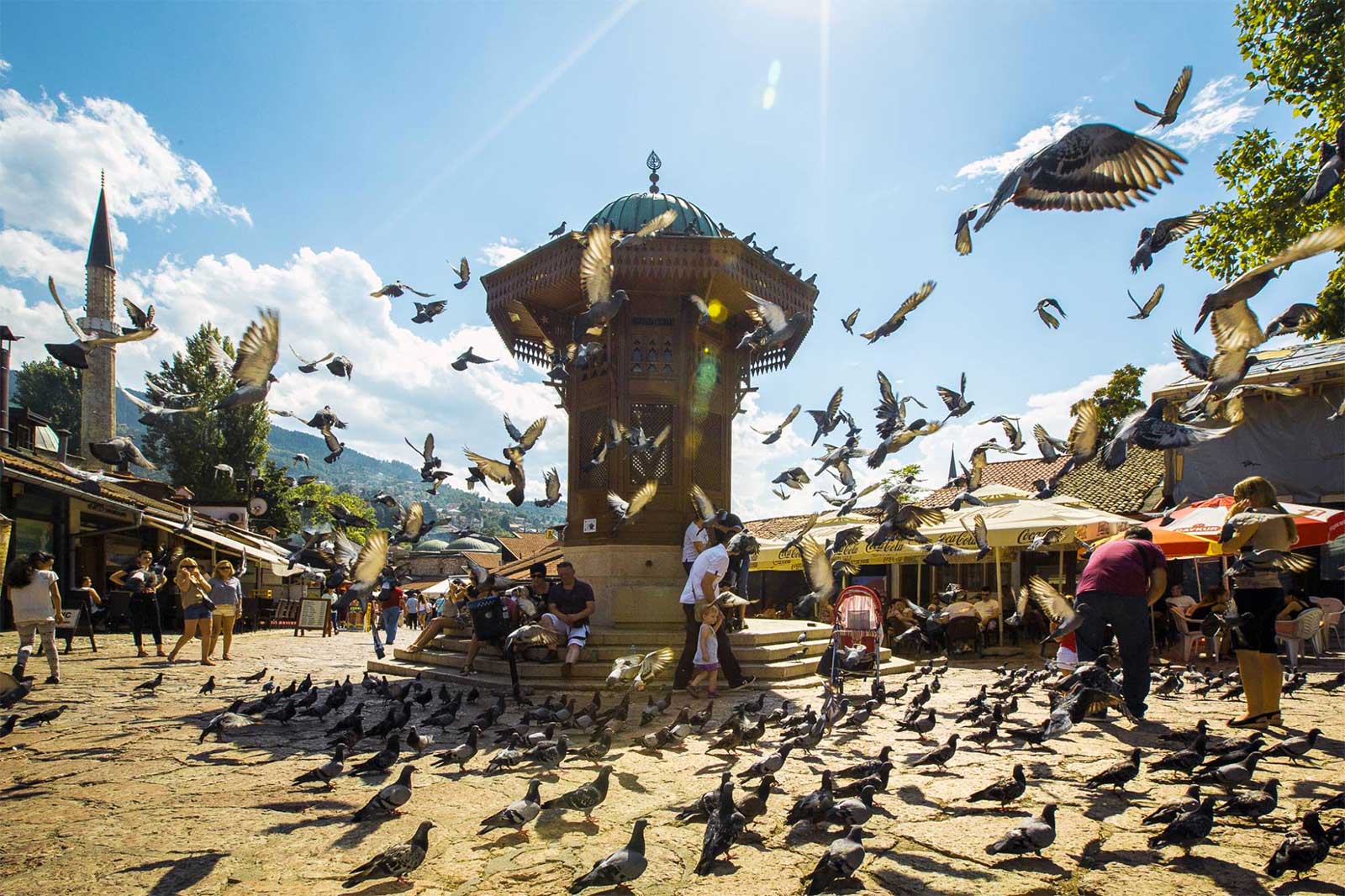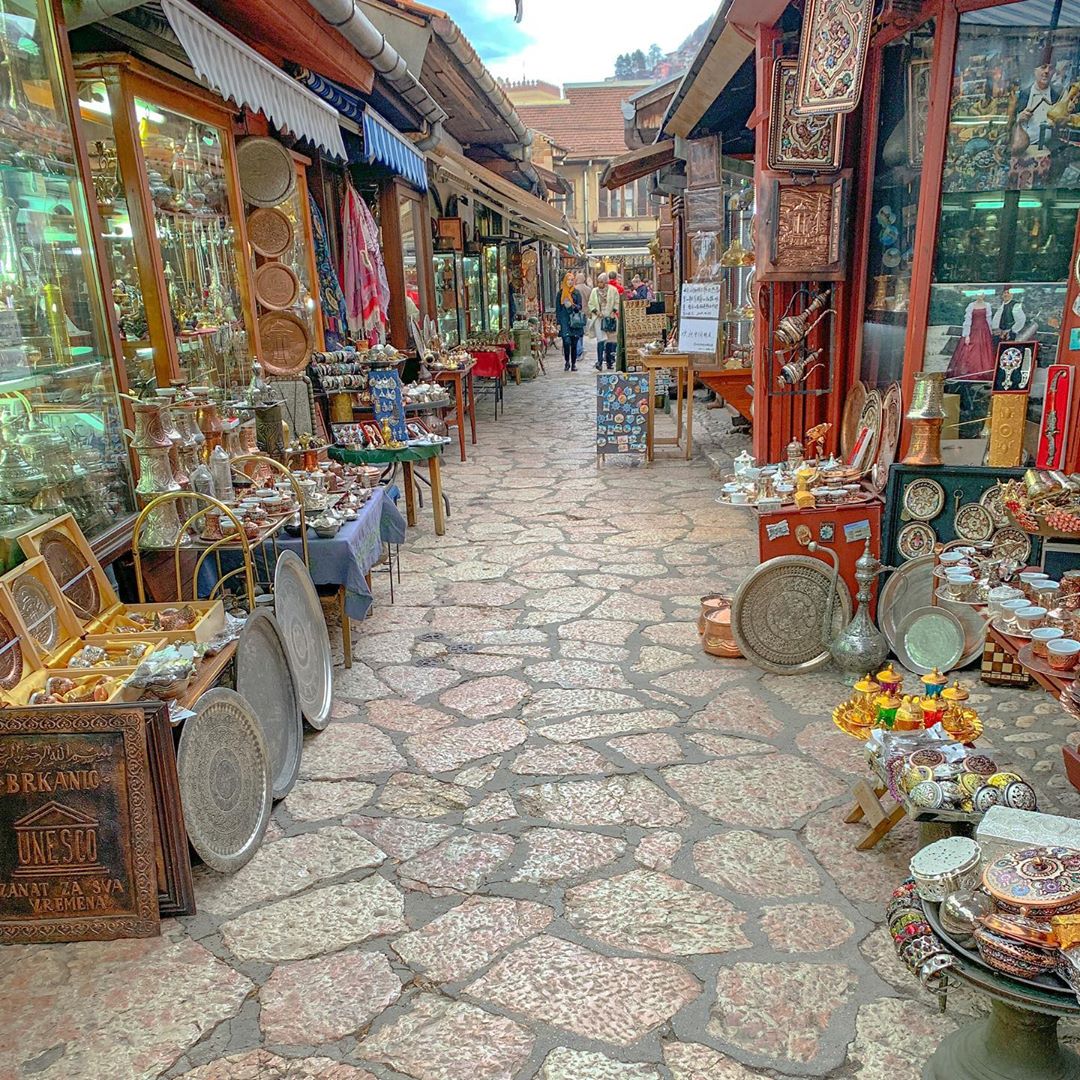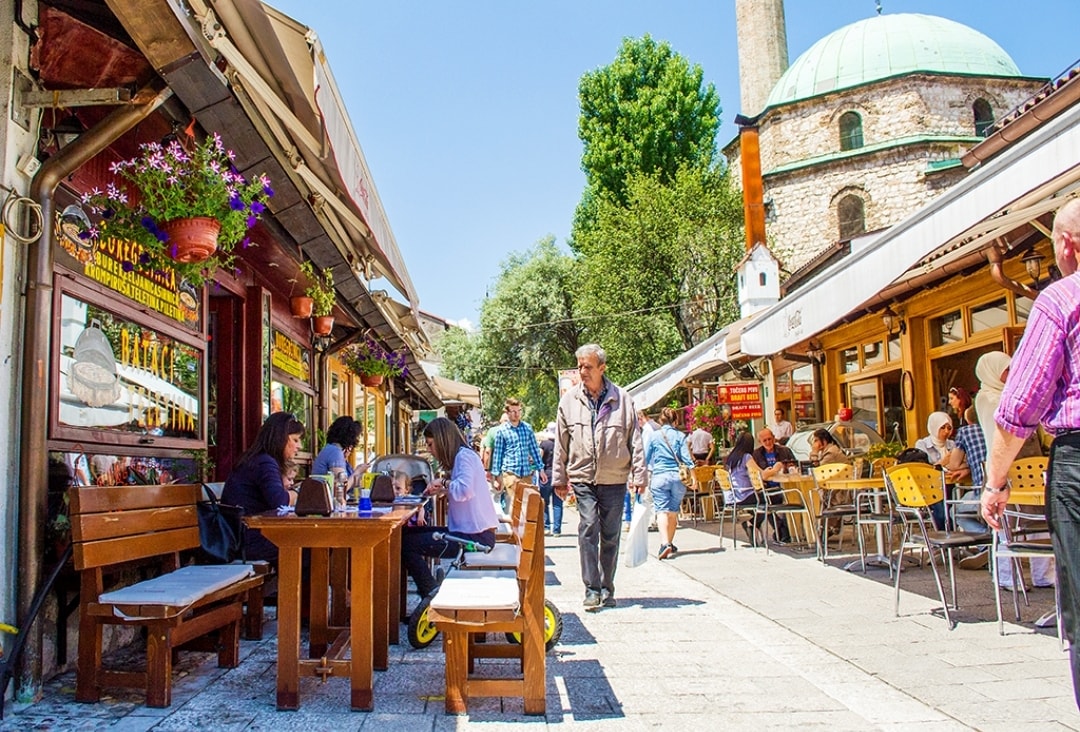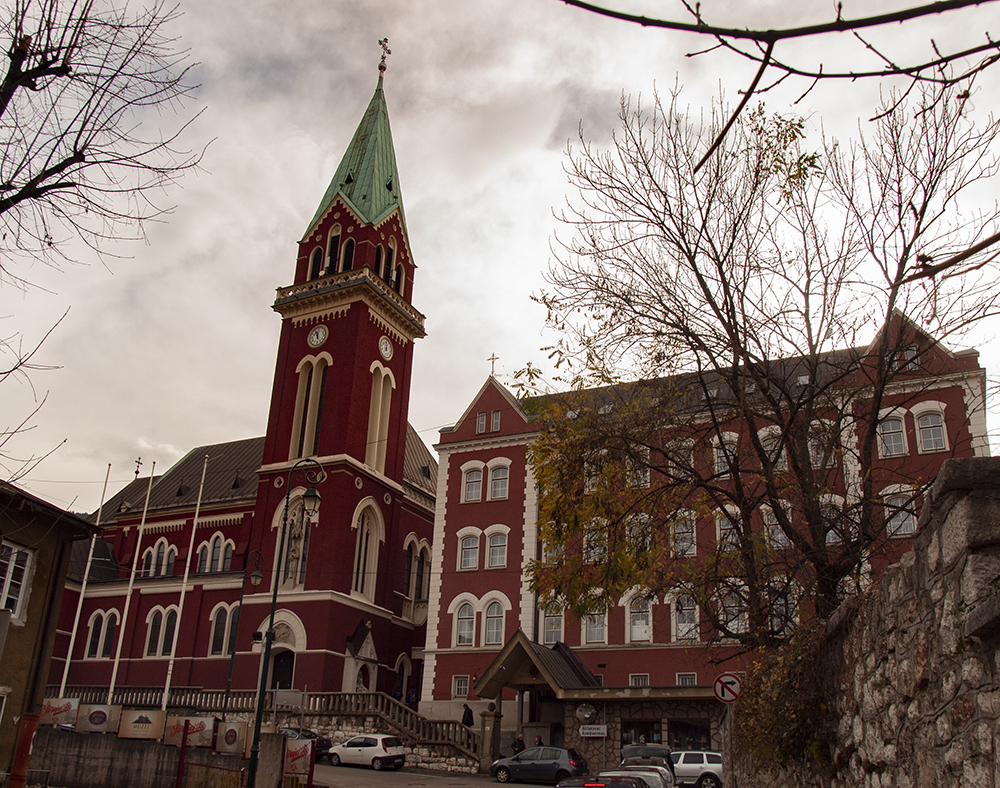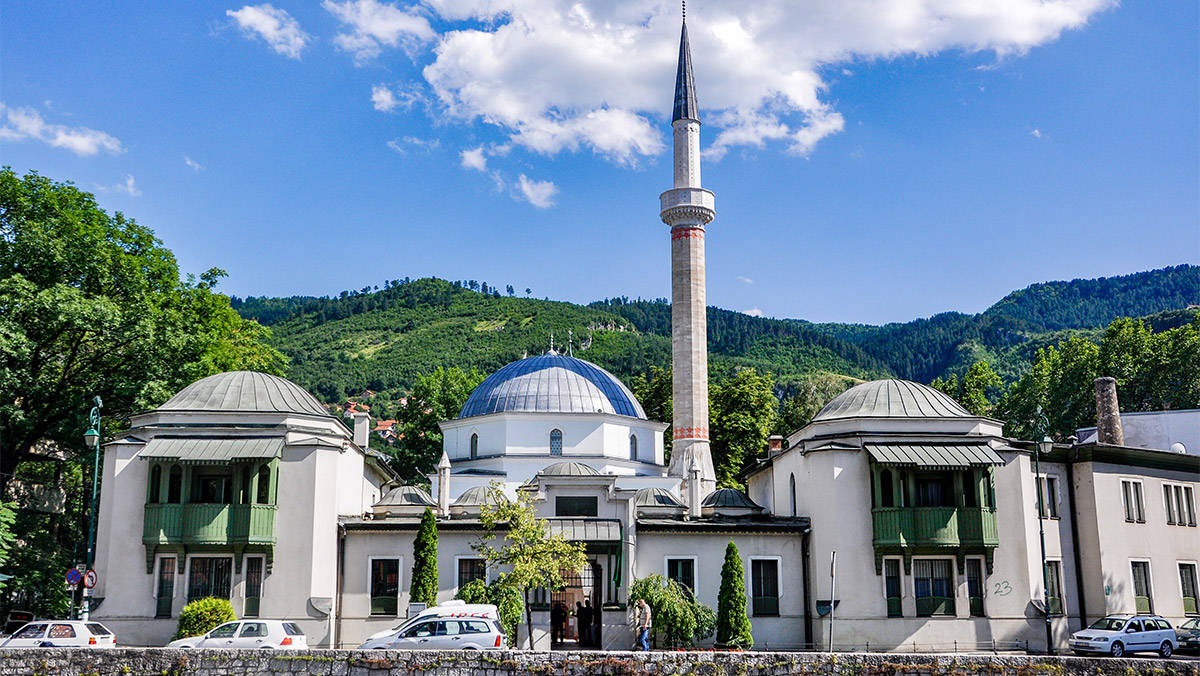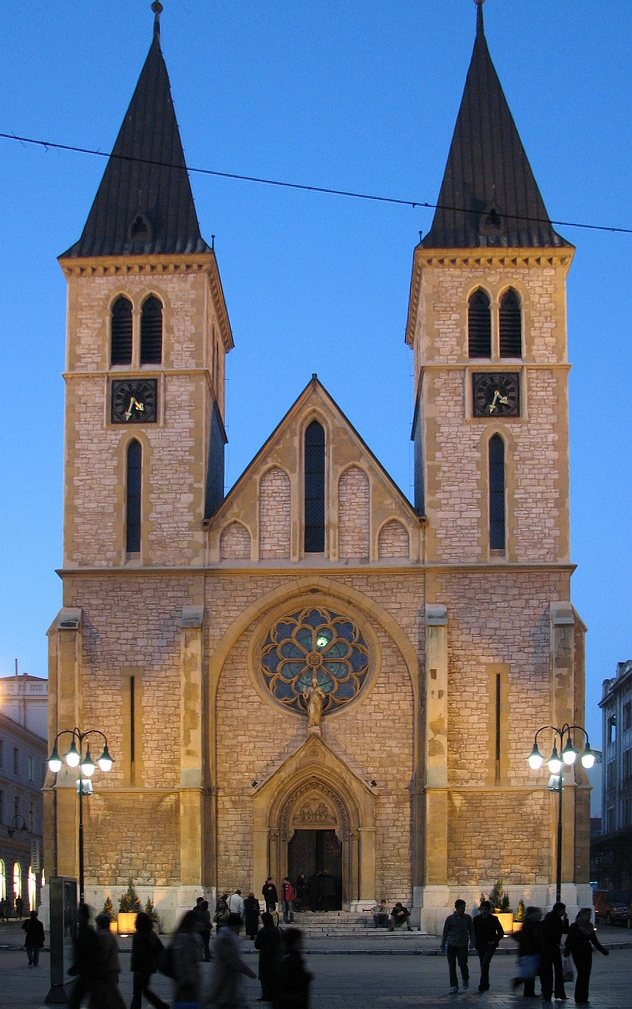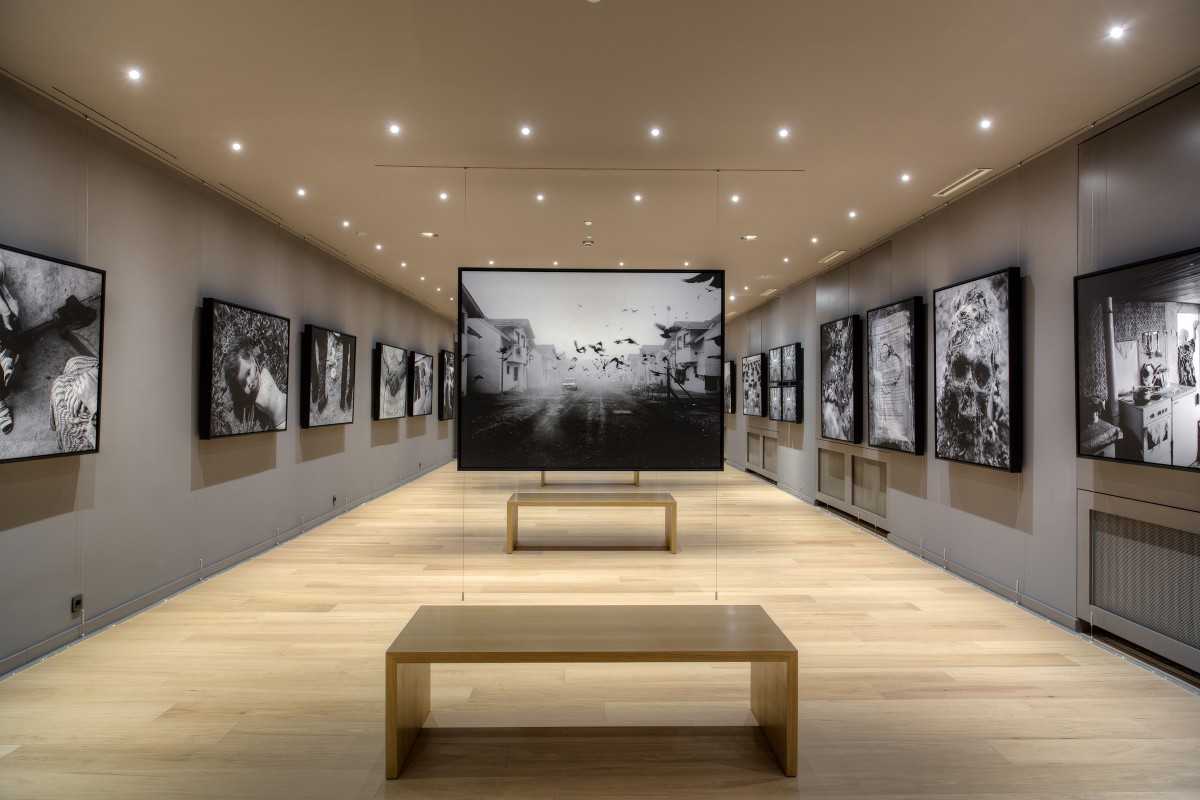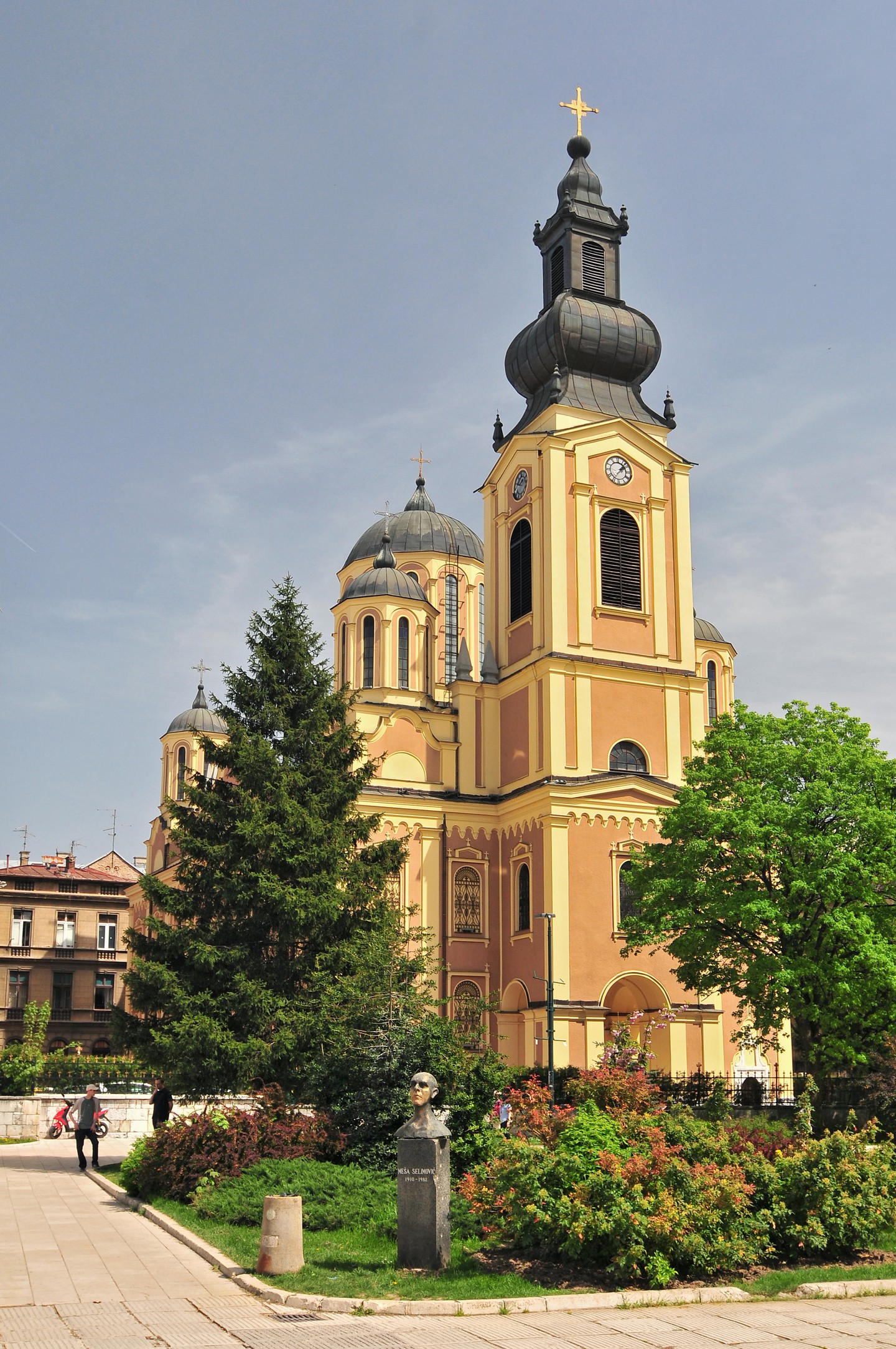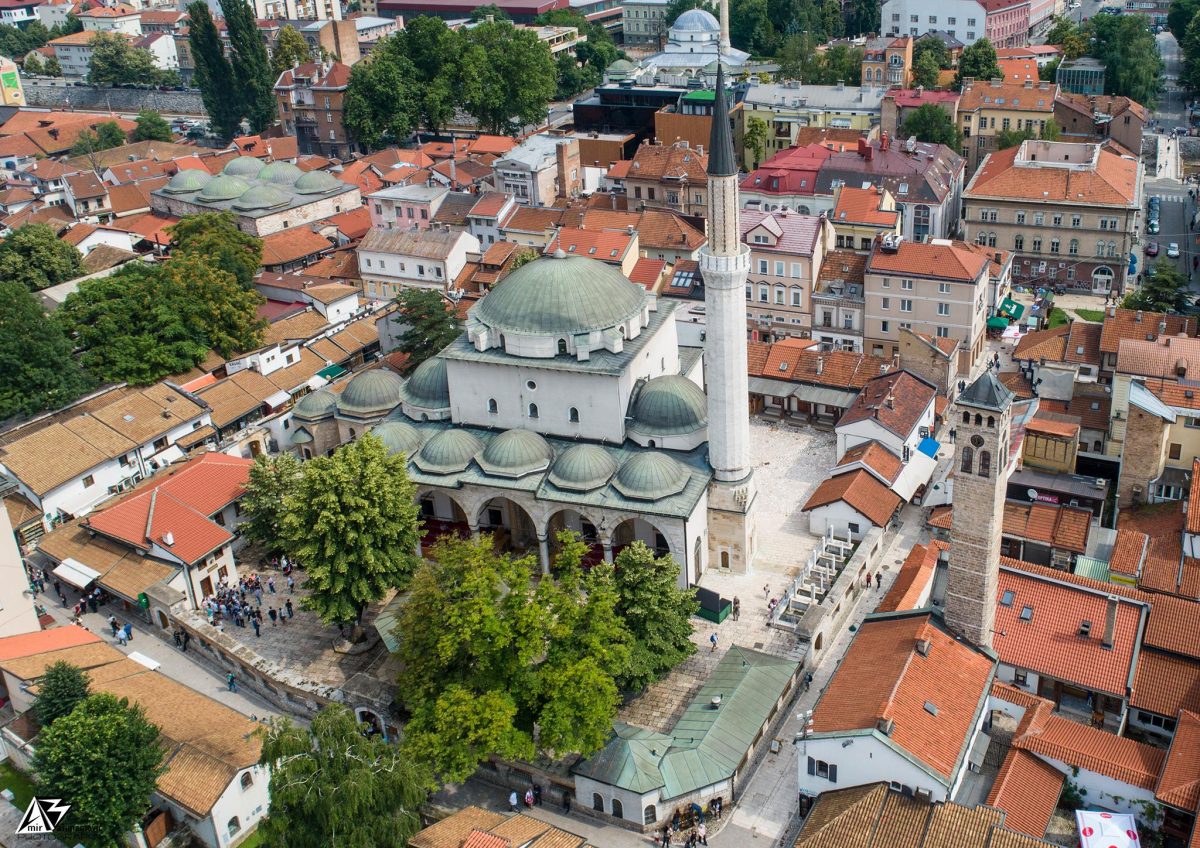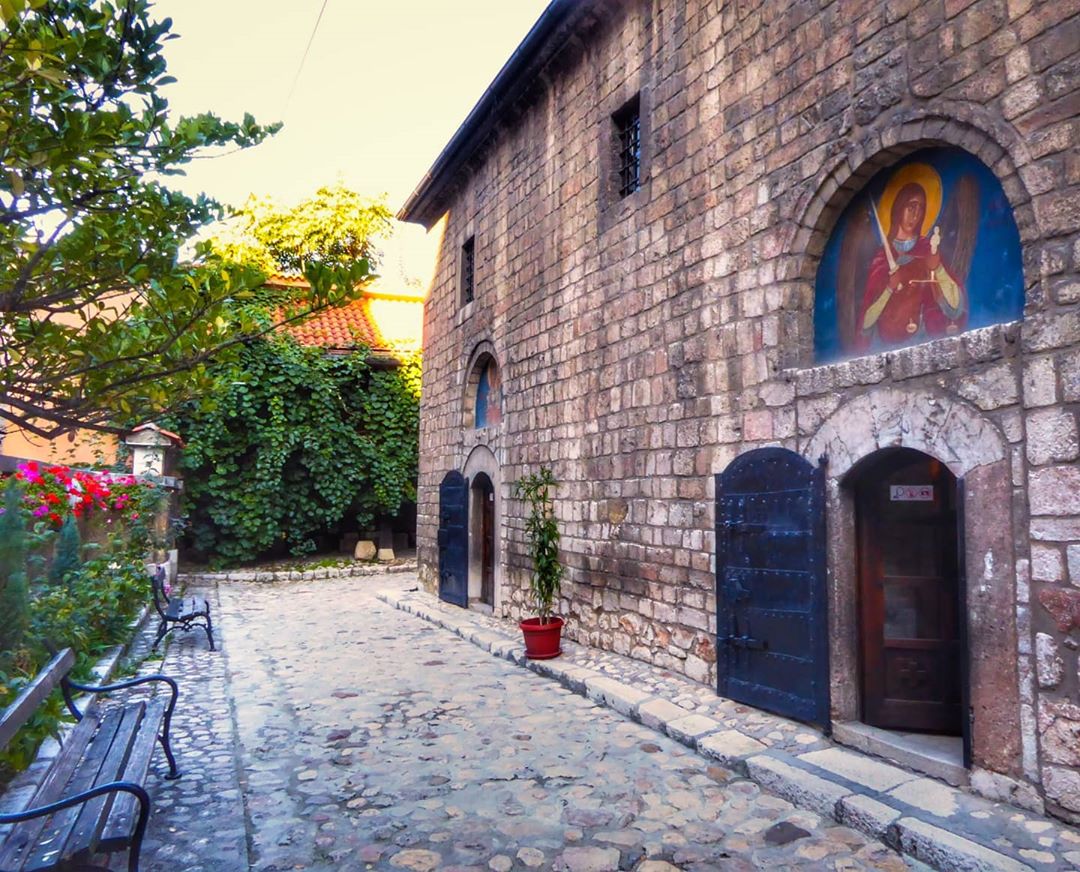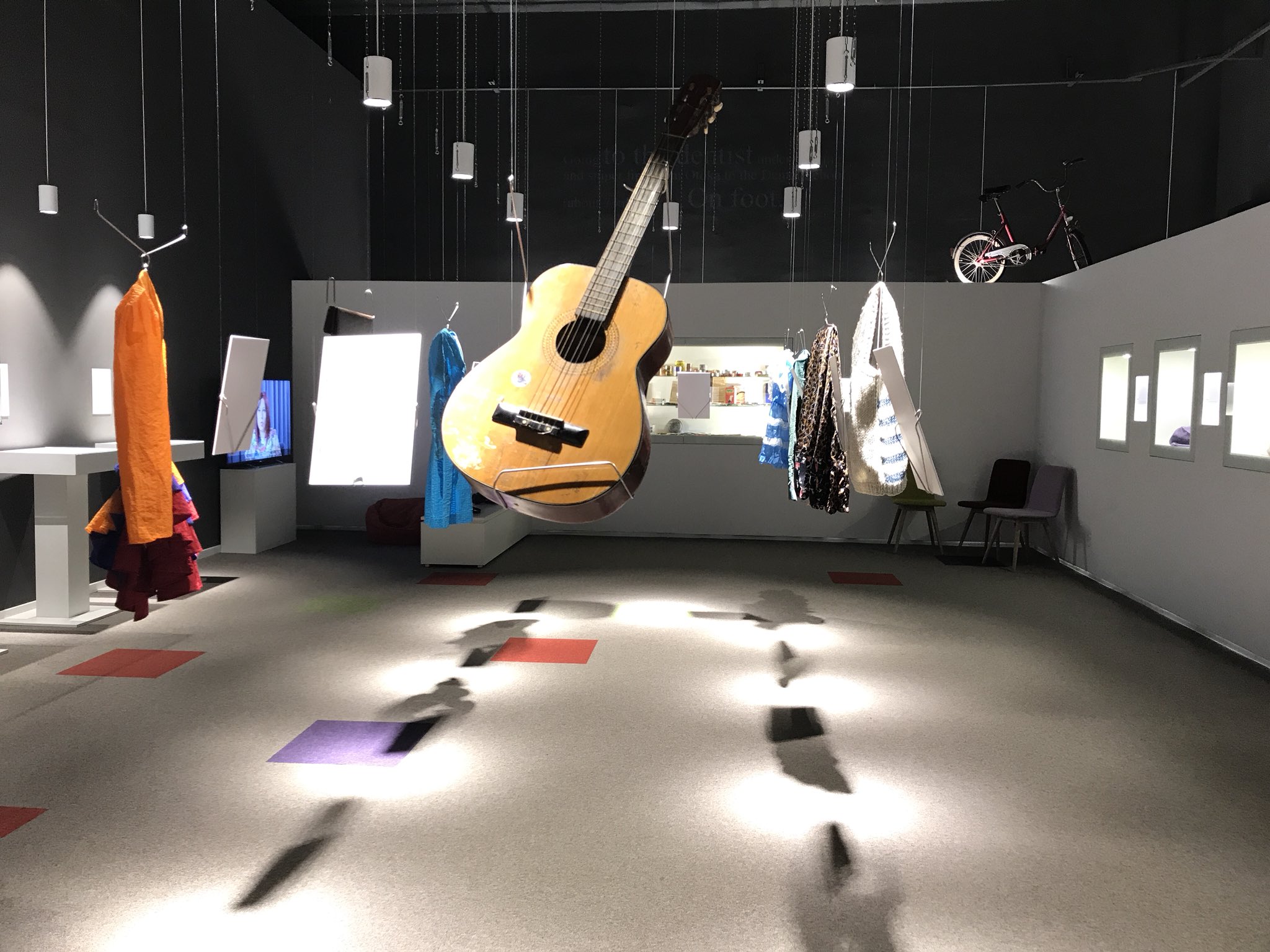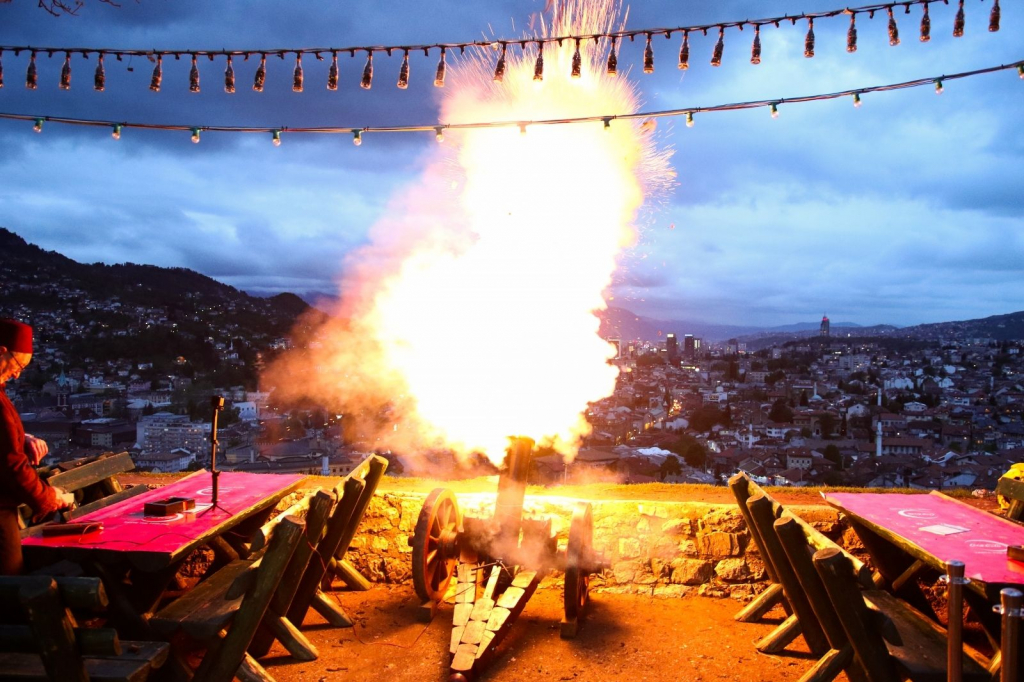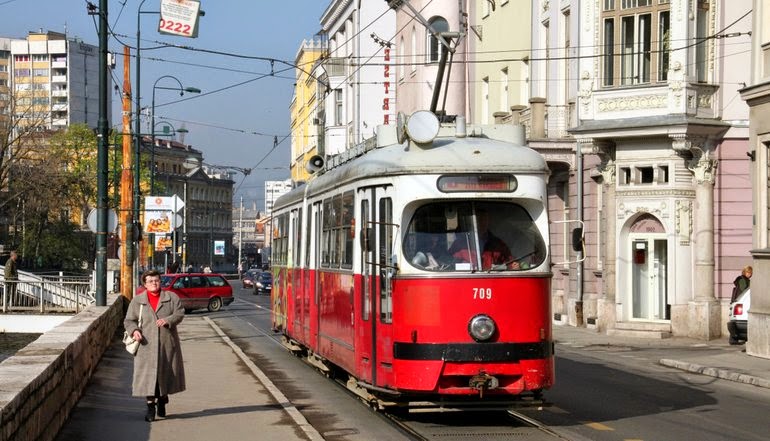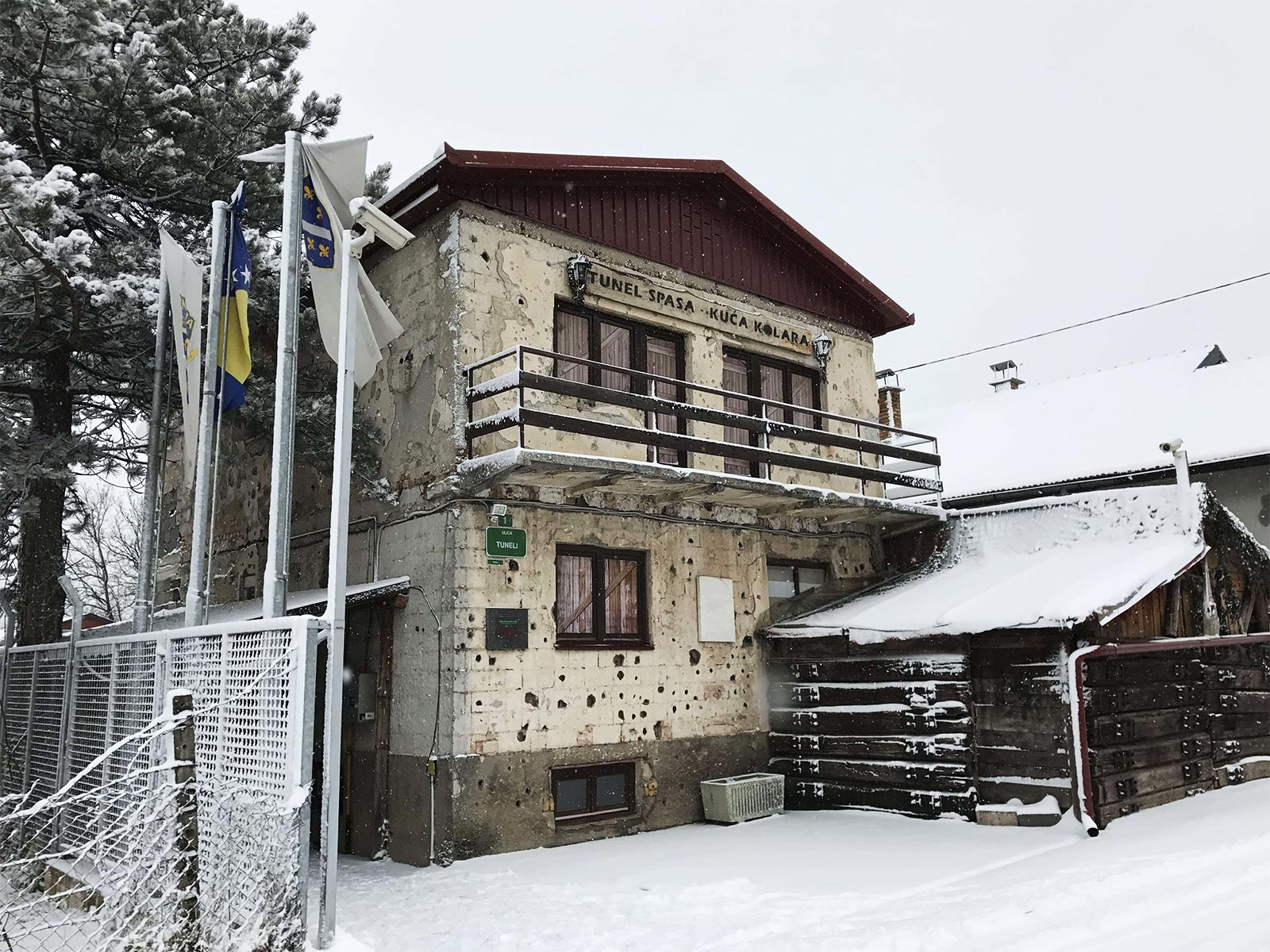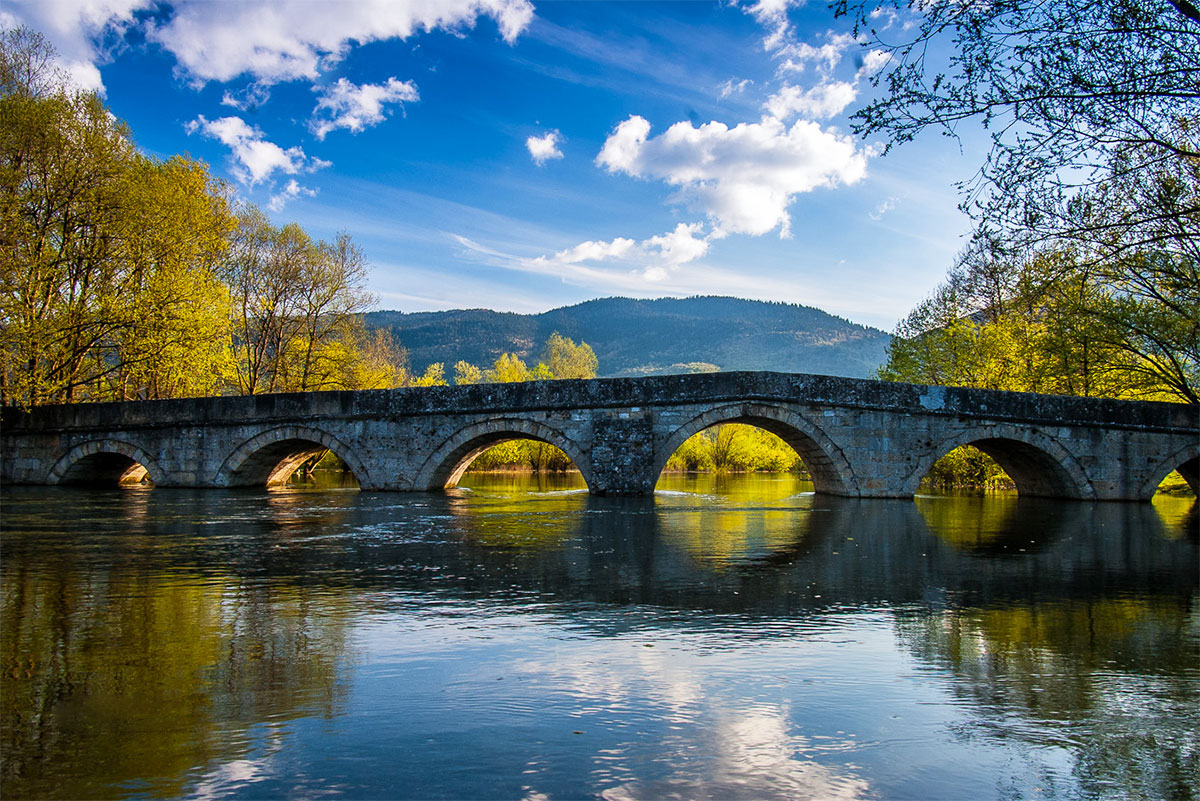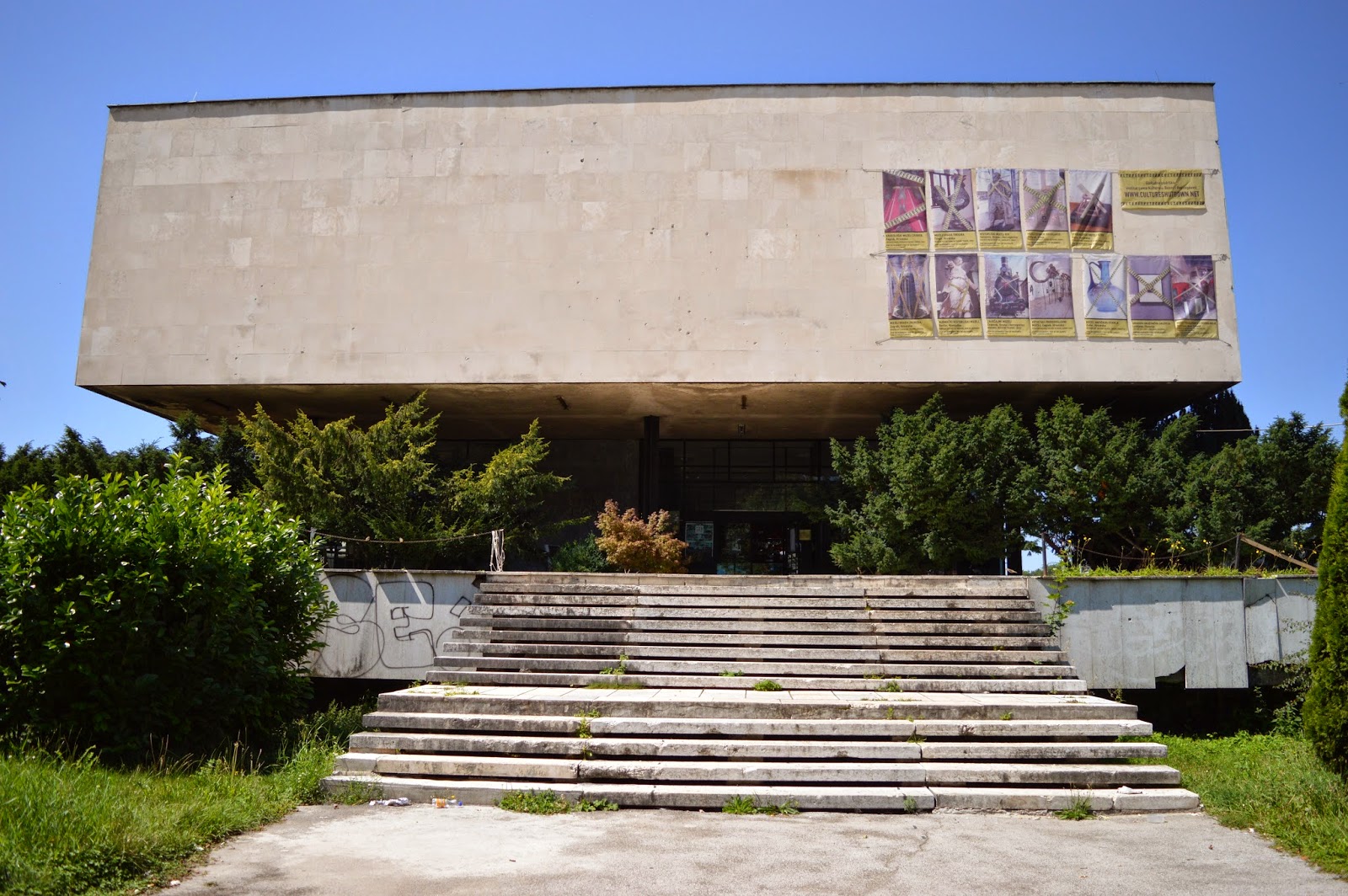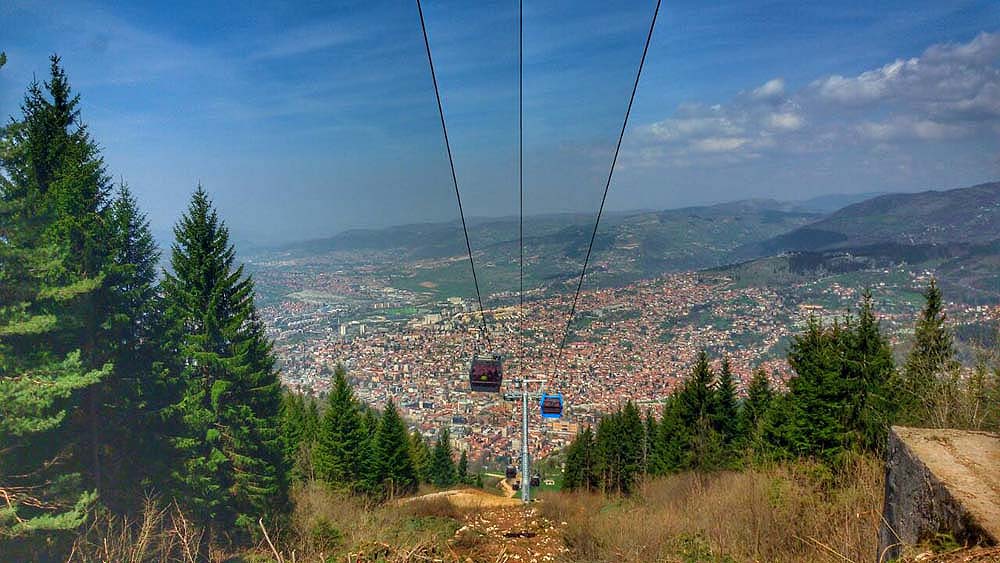Sarajevo tram network is one of the oldest in Europe. In 1885 Sarajevo had the first tram which was pulled by horses. Today, although no more horses, you will have a chance to take a glimpse of the past and overview the history through a window.
Today, your self guided tour of Sarajevo will include the tram ride which will certainly level up the overall experience. Make sure to pay attention to details while taking this 45 min ride. You will notice abandoned buildings and a communist architecture known for its massive concrete appearance and rigid geometric style.
The tram route is very simple as it passes through the entire city. Although you might find strange there is no tram timetable, you will appreciate how easy it is moving around by tram in Sarajevo.
Tram no. 3 will take you from Bascarsija to Ilidza, a charming suburb of Sarajevo. Once at Ilidza you can either take a taxi (cca 10 BAM/ 5 Eur) or hop in the bus. Across the tram station there is a bus station where the regular bus No.32A leaves to Donji Kotorac Okretnica. From the last stop you will have to walk for 700m to the tunnel. Ask locals for directions or simply follow the signs.
Tram ticket: 1.60 BAM (cca 1 EUR per ride)
Tram departures: cca every 8 min
Important to know: due to a high rate of pickpocketing in trams make sure to have a seat or be aware of people surrounding you.

